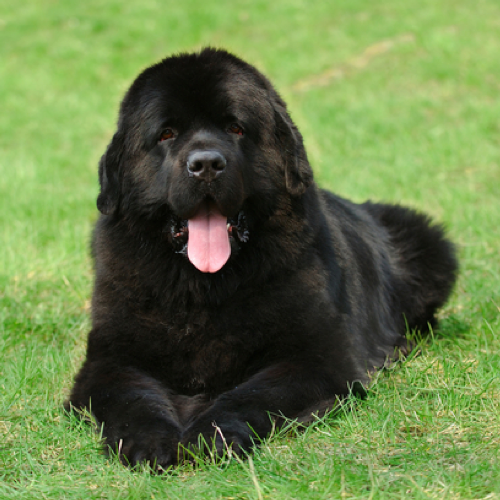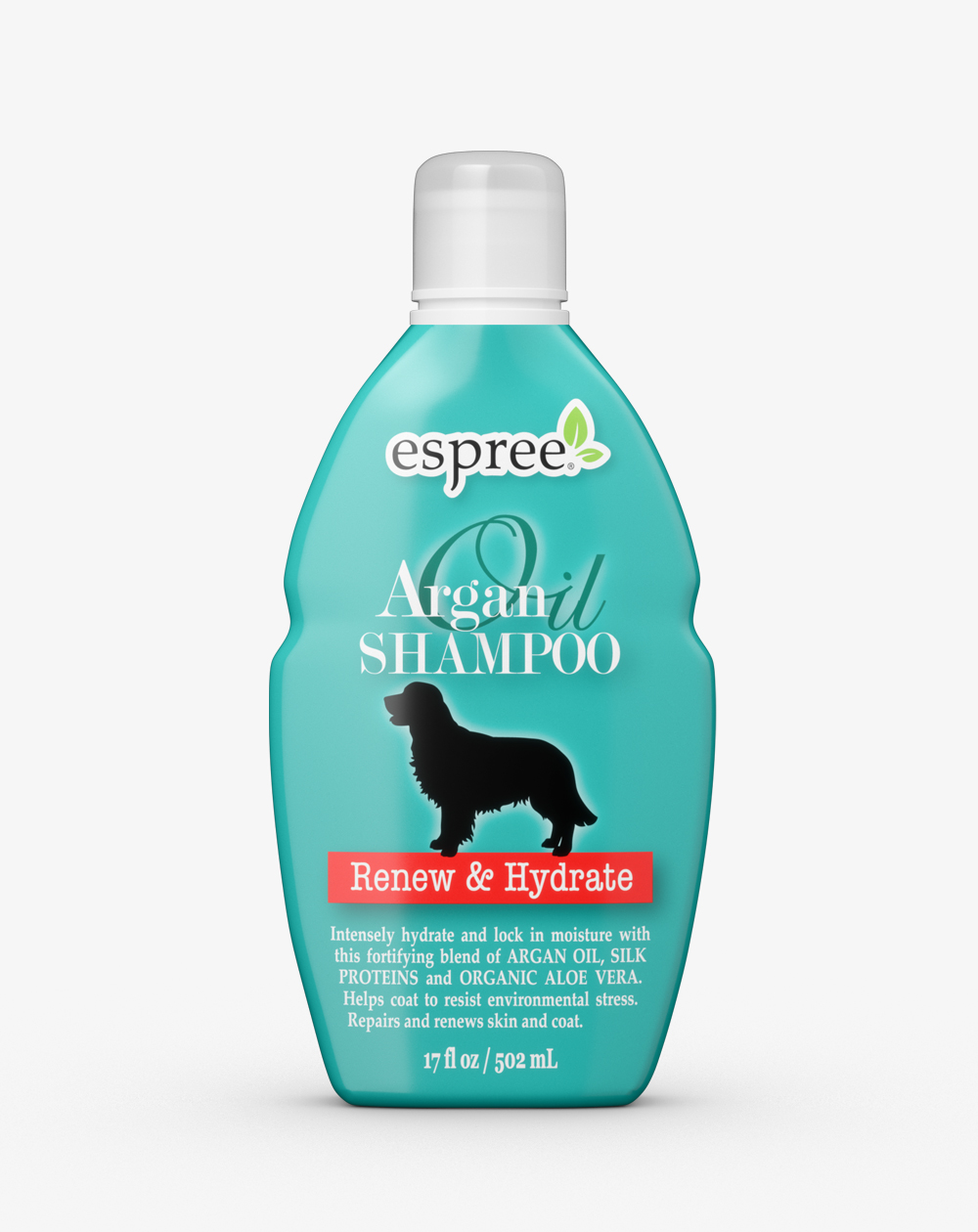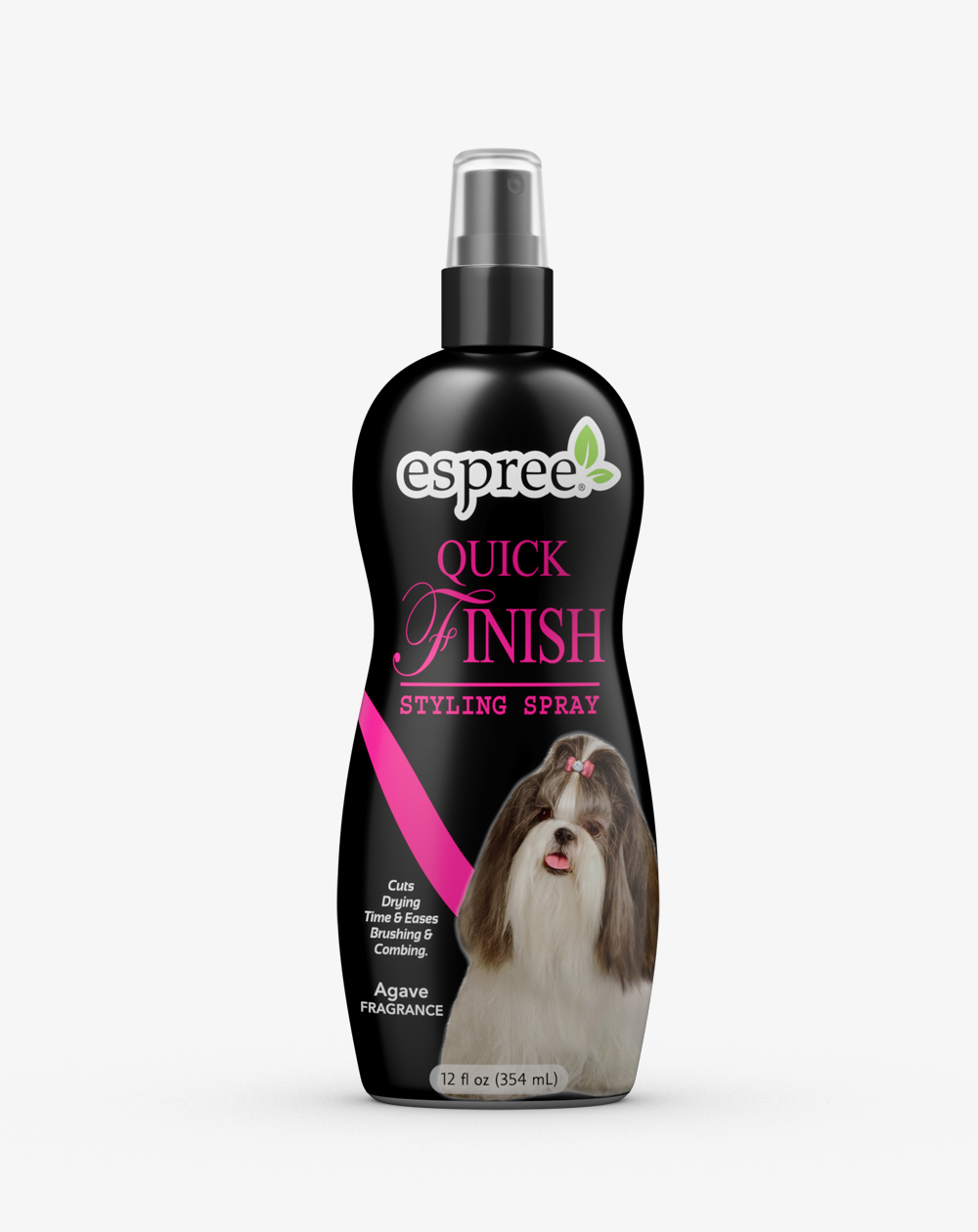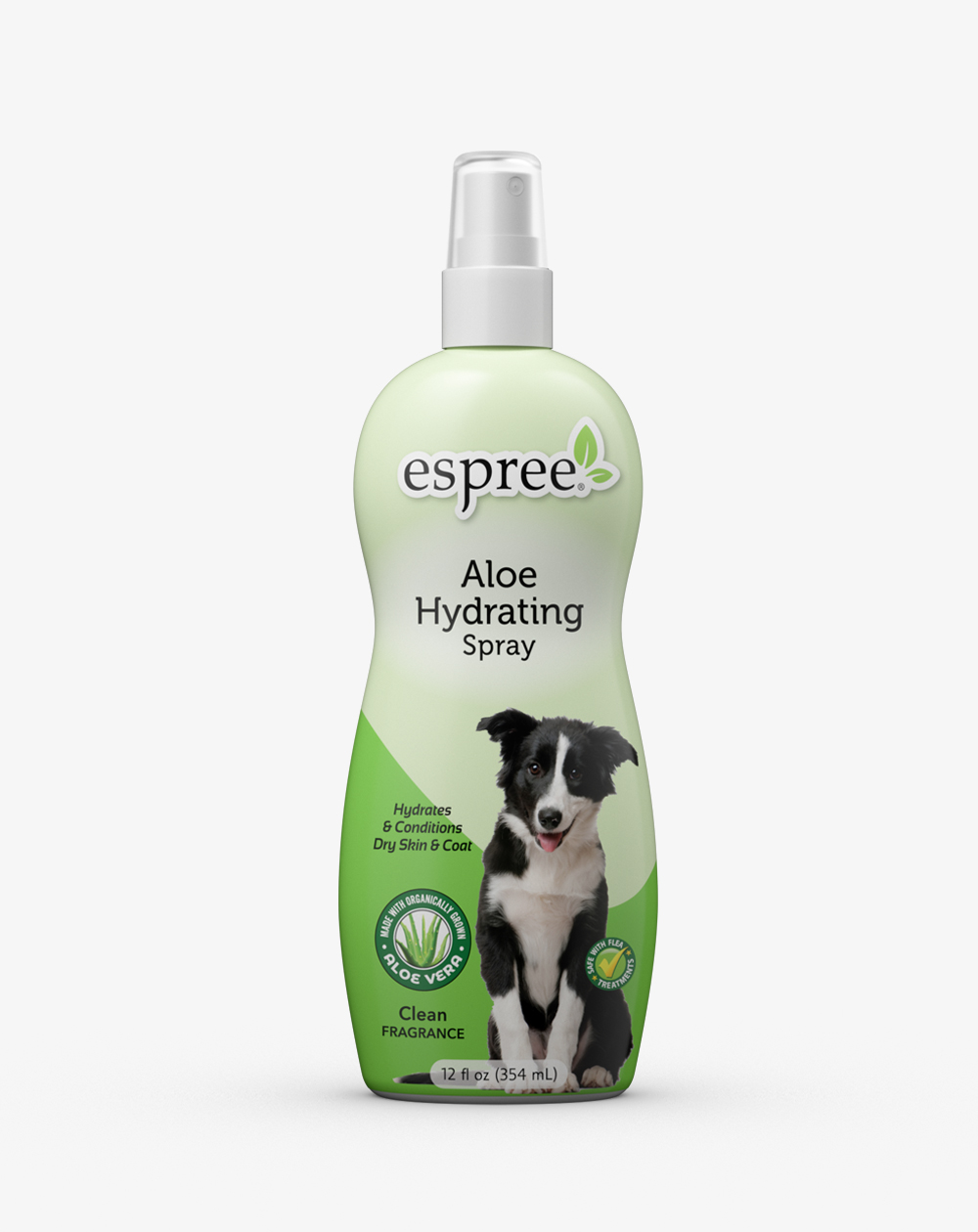
Newfoundland
A large dog and a true workhorse, the Newfoundland is a master at long-distance swimming and has true lifesaving instincts in the water. He is large and strong, possessing a heavy coat to protect him from icy waters. Equally at home in the water and on land, today’s Newfoundland competes in conformation, obedience, agility, tracking, draft and water tests, and carting. His coat can be black, brown, gray, or white and black.
Breed Profile
The Newfoundland’s sweet disposition makes him a good fit for families. Although he appears somewhat docile, he is an active dog and will need daily exercise. Regular brushing is important to maintain his plush coat. Newfs are also an intelligent breed and are readily trained.
Grooming
A Newfie does require regular bathing and brushing. This sweet dog can be bathed every other week up to no longer than every 6 weeks. With this double coated breed, proper bathing and drying techniques lay the groundwork for achieving a beautiful coat. Selecting the correct products to meet the dog’s needs is essential to achieve optimal results.
The care and maintenance of the coat sets the foundation for obtaining healthy skin and coat. When the coat is dirty, the hair shaft becomes rough and eventually breaks down, which can lead to the coat becoming damaged. This coat needs to be bathed and brushed weekly in order to prevent the dog from becoming matted and tangled. Lack of maintenance can contribute to the formation of the cobweb matting that forms close to the skin. This type of matting if left unattended can lead to the development of numerous skin issues. Therefore, keeping the coat clean and healthy is of utmost importance in order to maintain the double coat.
Before the bath, take a few minutes to take a high-velocity dryer over the coat to loosen any dirt and debris from the skin and to loosen any cobweb matting. Do not move the dryer back and forth quickly. Rather, hold the dryer in one place and slowly move it through the coat. The coat should start standing off the skin and not mat up. You might have to pull the dryer farther away from the skin to prevent it from tangling the coat. Once you have blown out any loose hair, and have lightly brushed through the dog, you are ready for the bath.
Wet the coat and apply the shampoo by squeezing it through the coat making certain you have worked it all the way through the coat down to the skin. Thorough shampooing will contribute to building a healthy, strong, and manageable coat. It is a good idea to slightly cool the water temperature down when rinsing the coat. The coat should be rinsed thoroughly making certain that all the product has been removed. Use a light conditioner to nourish and hydrate each individual strand of hair without changing the texture of the coat. A heavy conditioner is not necessary unless the coat is severely damaged. Once the bath is complete, blot the coat with a towel to remove excessive moisture. Try to avoid using a circular motion to avoid any further tangling. Blow the coat out with a HV dryer to remove any excess moisture. Be sure to hold the nozzle far enough away to prevent the coat from tangling. Finish with a stand dryer and line dry all the way to the skin. Once the dog is completely dry, line brush, working in sections, until the dog is tangle free. Go over the entire coat with your hands, to see if there are inconsistencies in the density of the coat. If so, continue to brush and comb those areas. As a final check, use a firm slicker brush throughout the coat, and little to no hair should be apparent on the brush. Areas to pay particular attention to for tangles and excessive hair are the thighs, behind the ears, the tail, and around the ruff. It’s always a good idea to spend a little extra time in these areas before you finish the dog.
Finishing the Dog: Tools and Finish Grooming
The coat should be light, airy, and stand off the dog. A wide-toothed comb should easily glide through the coat with no resistance all the way down to the skin. Pay particular attention to the neck, chest, and hindquarter area as they can get packed with excessive coat. A healthy coat is light, airy, and has a natural shine. A Newfie should be in a natural state with the only trimming on feet, hocks, and pasterns.
General Healthcare
Prep work is the foundation of all grooming. Prep work includes ear cleaning, nail trimming, anal glands, and proper dental hygiene. Mastering these skills sets the professional pet stylist apart from the rest. Prep work should be done before every bathing and grooming appointment. All dogs need to have their ears checked and cleaned on a regular basis. Proper nail care is also very important. Long, unsightly nails are uncomfortable for the dog, as well as anyone they might jump on. Long nails also compromise the shape of the foot. Trimming the pads of the foot helps give the dog good traction on different surfaces. It can also help minimize the amount of dirt the dog tracks into the house. In addition, it affords the opportunity to treat and condition the paws from cracks and abrasions. Anal glands should also be checked and expressed if they are full. Some caring pet owners prefer to have the anal glands done by their veterinarian. Good dental hygiene is essential for a healthy pet as well.
Nutritional Care
In order to maintain healthy skin and coat as well as overall health, it is important to provide good nutrition to your dog through a well-balanced diet, vitamins, and healthy treats.
Do they require a lot of grooming?
This type of coat requires consistent grooming. If you can spend 30 min each week doing regular brush outs to keep the hair separated and divided to prevent matting and allowing the skin to breathe, you should be able to maintain this coat. In addition to regular, routine baths are necessary.
What are the common problems in the breed?
Like most purebred dogs, Newfies do have their fair share of health concerns. Gastric Torsion (Bloat), Sub-Aortic Stenosis (SAS), hip and elbow dysplasia, and epilepsy are more common with this breed.
Do they shed or cause allergies?
They do shed year around. Frequent baths and blowouts will help accelerate the shedding process and help keep the skin and coat in good condition. In addition, it will help cut down on the dander, which can be a trigger for those suffering from allergies.
Are they good with children?
This is a big, gentle, and very sweet breed. Newfs are loyal and easy to train provided he receives plenty of socialization. They are great with kids and have the energy to keep up with them. They can be messy to live with and they do have a shorter lifespan.
What if I have a show dog?
Whether you have a show dog or a companion dog, the same basic care is given regarding nutrition, socialization, and hygiene. The difference is the maintenance, conditioning, coat preparation for the show ring. It is always helpful if your breeder is willing to mentor you to lead you in the right direction upon entering the wonderful world of showing dogs. A great place to start is with the national breed club like the Newfoundland Club of America, www.ncanewfs.org




